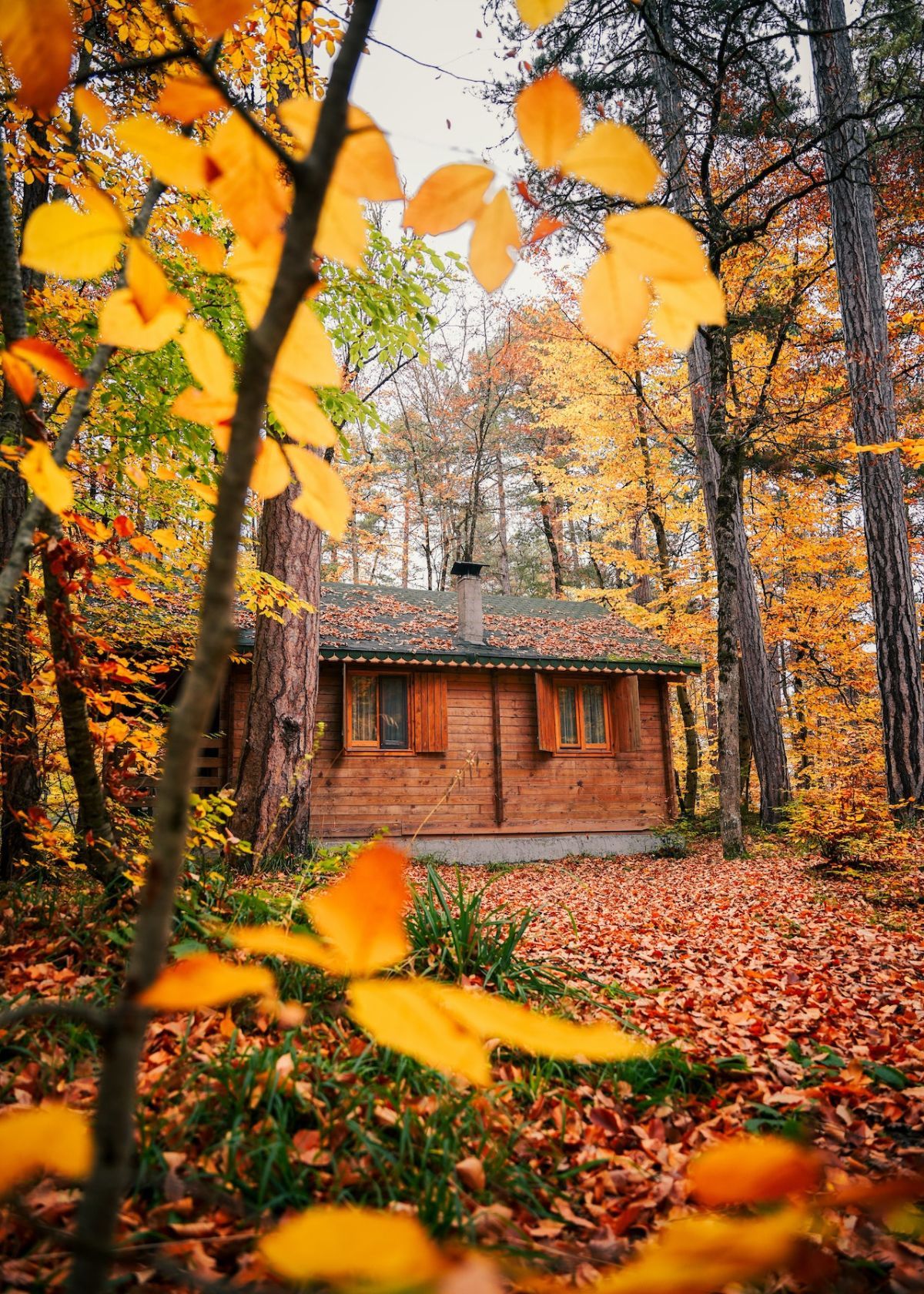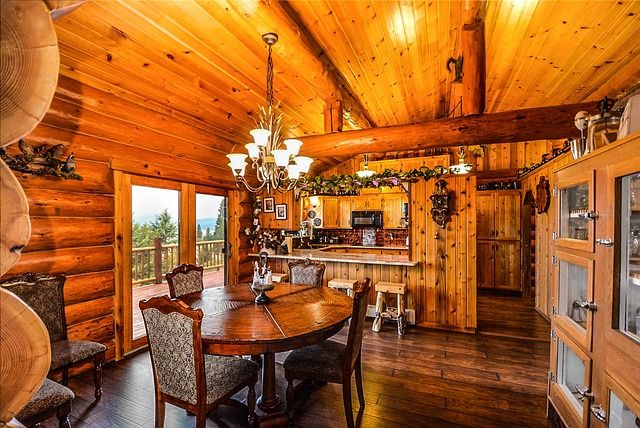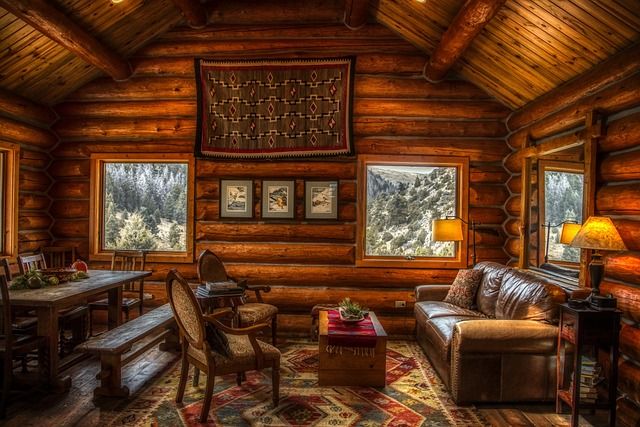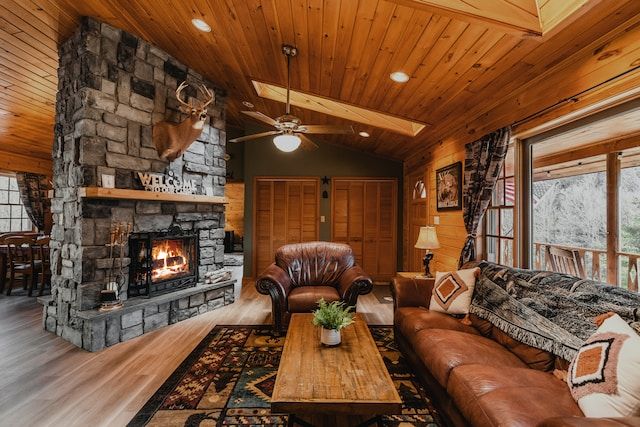Hidden Protection: Using Trail Cameras For Security On Your Property
Are you considering using trail cameras for security on your ranch or property? In this guide we cover why trail cameras are a crucial investment.

Everyone wants to feel safe, especially at their home. Security cameras can be expensive and complicated to configure.
In this guide, we'll cover all the basics of using trail cameras for home security, why they are a more cost effective option and how they can be hidden in plain sight.
We'll provide all the information you need to make an informed decision on your next home security investment.



Trail Camera Basics
When deciding on whether or not to invest in trail cameras there are some basic factors you need to consider. But how do they work?
- Trail cameras, also known as game cameras or scouting cameras, are designed to capture still images or videos of wildlife and other objects in their natural environment.
- These cameras are typically placed in outdoor locations, such as forests, fields, or hunting areas, to monitor wildlife activity, study animal behavior, or enhance hunting strategies.
- Trail cameras are equipped with motion sensors that detect movement and trigger the camera to capture images or record videos.
- They use infrared (IR) technology to capture images in low-light conditions without alerting or disturbing the subjects.
- The captured media is usually stored on an SD card, which can be easily accessed and transferred to a computer or other devices for viewing and analysis.
- Trail cameras can be either Wi-Fi enabled or require a Cellular data plan
Cost Effective Option
You don't have to spend your life savings to secure your home or property with security cameras. Here's our list of the top reasons trail cameras are the more cost effective option.
- They are more cost effective than security cameras because they require less maintenance and installation costs.
- Typically more discreet than security cameras, making them ideal for catching intruders or trespassers without alerting them to their presence.
- Can be used in remote locations, making them perfect for monitoring property or detecting criminal activity in areas where traditional security systems may not be feasible.
- Capable of capturing photos and videos in complete darkness with no visible flash, making it possible to capture evidence even when the intruder is unaware of their presence.
- Trail cameras come in many configurations with a variety of programming options, allowing users to customize their camera settings to suit their specific needs.
Advantages Of Trail Cameras vs Security Cameras
Why should I even consider trail cameras in place of security cameras? Here's our list of advantages of choosing these camouflage cameras.
- Trail cameras are often unnoticeable and blend in very seamless to their surroundings due to their visual design and construction.
- They provide extra long battery life due to being solely motion detection cameras, they aren't constantly recording video.
- Trail cameras are specifically designed for outdoor use and can withstand harsh weather conditions, such as rain, snow, and extreme temperatures.
- Their design makes them incredibly versatile, allowing them to be placed in even the tightest and most compromised spaces.
Industry leaders How-To Guide for using Trail Cameras as Security Cameras. from Moultrie Mobile.



Trail Camera Security FAQs
Interested in using trail cameras for security purposes? Read our list of frequently asked questions for more information.
Can I use a trail camera as a security camera?
Absolutely! While trail cameras are primarily designed for monitoring wildlife and outdoor activities, they can indeed be used as an effective and affordable security camera solution. Here's why:
- Versatility: Trail cameras offer a range of features that make them suitable for security purposes. They are equipped with motion sensors that can detect movement within a specific range, triggering the camera to capture images or record videos. This capability allows them to effectively monitor and capture any suspicious activity on your property.
- Remote Monitoring: Many trail cameras offer wireless connectivity options, such as Wi-Fi or cellular capabilities. This enables you to remotely access the camera's feed and view live or recorded footage from your smartphone, tablet, or computer. With this feature, you can keep an eye on your property from anywhere, providing peace of mind and real-time awareness of any potential security threats.
- Cost-effectiveness: Compared to traditional security camera systems, trail cameras are generally more affordable. They offer a cost-effective solution, particularly if you require surveillance in remote or temporary locations where installing a permanent security system may be impractical or expensive. Trail cameras are portable and easy to set up, allowing you to quickly deploy them as needed.
What is the difference between cellular security cameras and trail cameras?
Cellular security cameras are specifically designed for security purposes and are typically used to monitor properties, homes, or businesses.
They are equipped with advanced features such as high-resolution imaging, night vision, and motion detection.
These cameras use cellular networks (3G/4G/5G) to transmit data and can be integrated with alarm systems or security platforms for comprehensive surveillance.
On the other hand, trail cameras are primarily designed for outdoor enthusiasts and wildlife enthusiasts.
They are typically used for capturing images or videos of wildlife in their natural habitat. Trail cameras often employ motion sensors and infrared technology to capture wildlife activity discreetly.
They store the data on an SD card and require manual retrieval for viewing.
How can trail cameras be prevented from theft?
To prevent the theft of trail cameras, there are a few strategies you can employ.
Firstly, camouflage the camera by using natural elements like branches or foliage to blend it into the surroundings, making it less conspicuous.
Secondly, consider securing the camera with a locking mechanism or a sturdy cable lock to deter opportunistic thieves.
Finally, placing the camera higher up or in harder-to-reach locations can make it more challenging for potential thieves to access and remove the camera.
How can I hide my security camera in my yard?
To hide a security camera in your yard, you can strategically place it within objects or structures that blend in with the surroundings, such as birdhouses, potted plants, or decorative fixtures.
Ensuring that the camera lens is discreetly concealed within these objects will help maintain its covert nature while still capturing important footage.
Trail cameras can be exciting and thrilling pieces of technology not to get a glimpse into wildlife in it's natural habitat but to provide security as well.
We hope you've found our guide both helpful and informative when preparing to invest into a home/property security system. Rest assured you are equipped with all the information you need to make the best choice for you and your family.
If you need some recommendations on some cost effective trail cameras please checkout our top picks for Best Trail Cameras on the market.

Your Friends,
LoveNatureReviews Team





